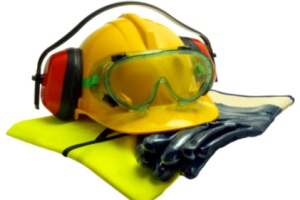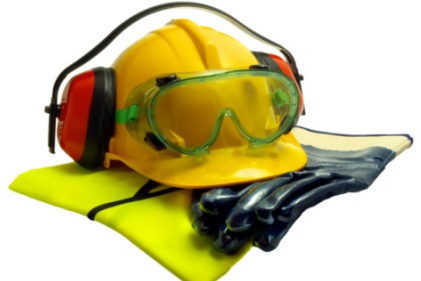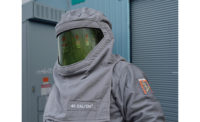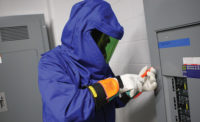 A two-sided quick reference guide to arc flash personal protective equipment (PPE) is available from Graphics Products. PPE is easily identified using a picture table. The guide highlights long sleeve shirts and pants, safety glasses and goggles, face shields and hoods, hearing protection, gloves, hard hats and full body suits.
A two-sided quick reference guide to arc flash personal protective equipment (PPE) is available from Graphics Products. PPE is easily identified using a picture table. The guide highlights long sleeve shirts and pants, safety glasses and goggles, face shields and hoods, hearing protection, gloves, hard hats and full body suits.
The National Fire Protection Agency (NFPA) uses five Hazard/Risk Categories (HRCs) to classify five general ranges of arc flash hazards. Each category represents a range of energy exposures, and has a corresponding requirement for PPE. Because each layer of protective gear adds bulk, overprotection may decrease the range of motion for the wearer. NFPA 70E recommendations pose a balance of protection and practicality.
Four factors determine the severity of an arc flash injury:
- Proximity of the worker to the hazard
- Temperature
- Time for the circuit to break
- Strength of the current passing through the arc
Arc flash incidents involve electric shocks, fires spreading rapidly through buildings, flying objects such as molten metal and sound blasts as loud as gun shots (140 db). Blast pressures reaching 2,000 psi (pounds per square inch) strong enough to collapse lungs, and tremendous heat reaching 35,000°F at the arc, are not uncommon.
Arc flash may be caused by:
- Dust
- Dropping tools
- Accidental touching
- Condensation
- Material failure
- Corrosion
- Faulty installation
Graphic Products (www.graphicproducts.com; 888-326-9244) carries labeling systems for every application, free technical support, and a five-year warranty on labels made with premium vinyl.



